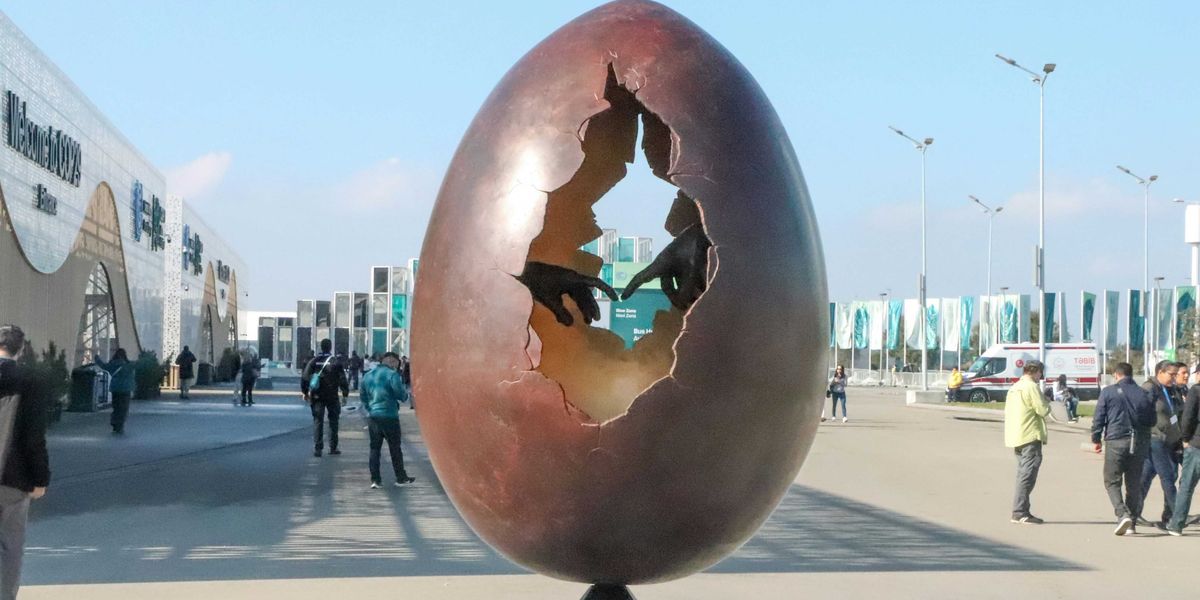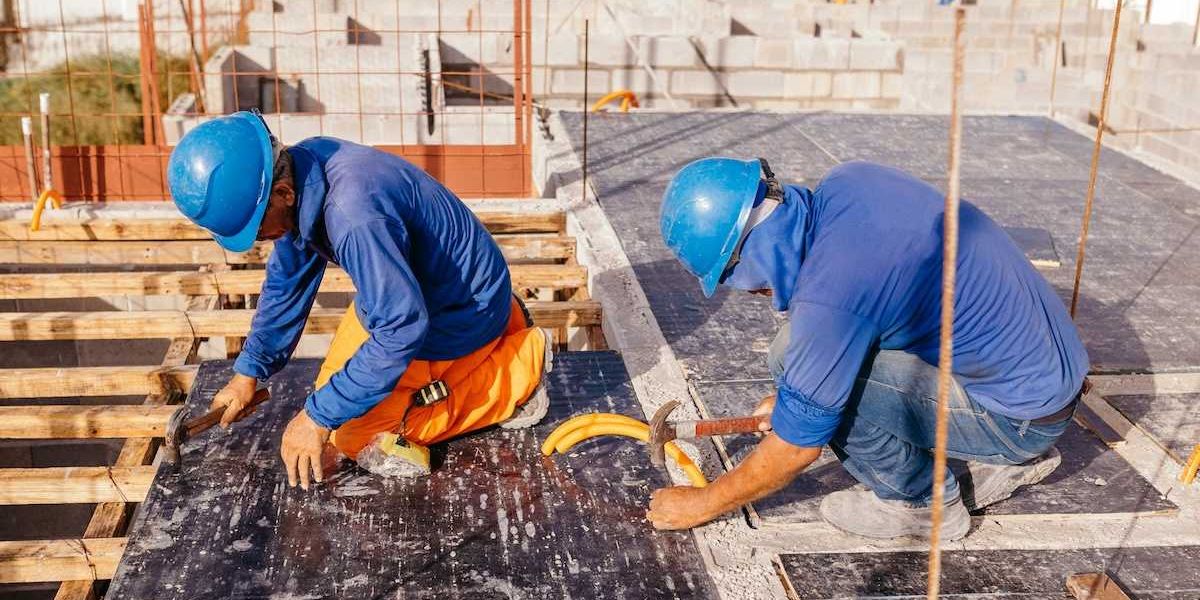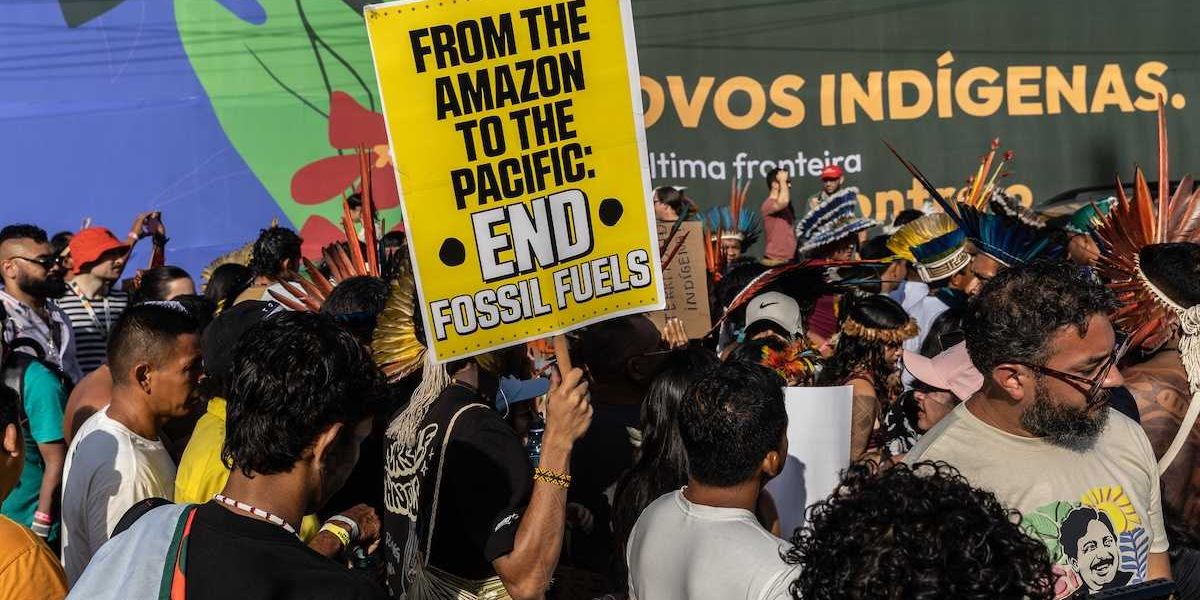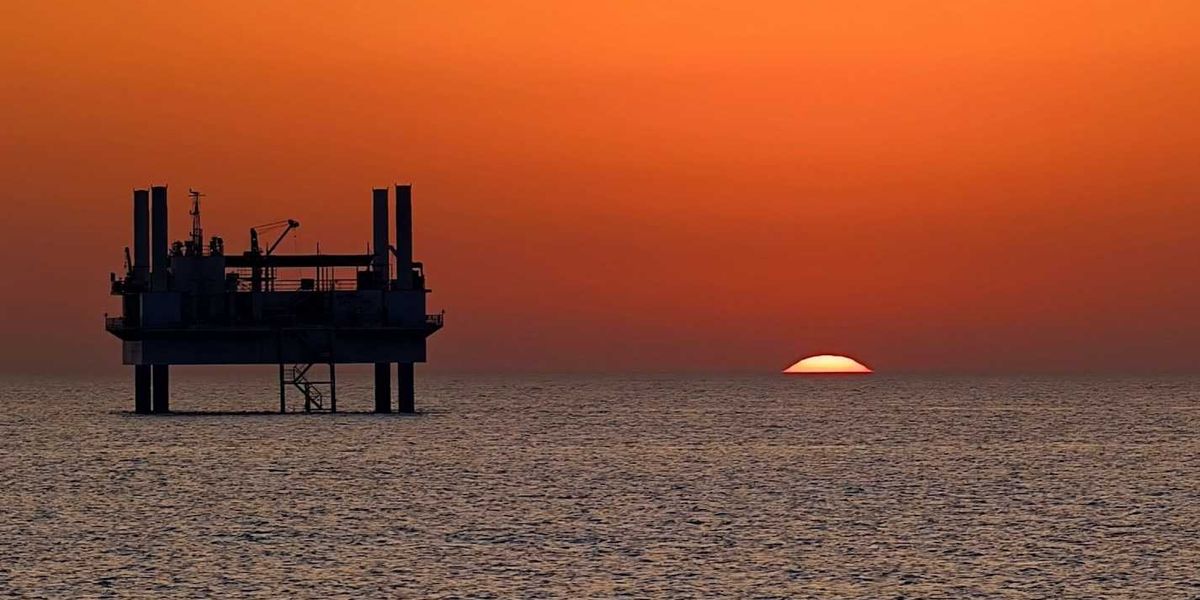urban heat island
Cities can use cool roofs to combat extreme heat
Cool roofs, which reflect sunlight, can help cities reduce the urban heat-island effect, potentially saving lives as global temperatures rise.
In short:
- Urban heat-island effect increases city temperatures due to concrete and asphalt absorbing heat.
- Cool roofs, using reflective materials, can significantly lower temperatures more effectively than green roofs or solar panels.
- Policies and incentives are needed to promote the adoption of cool roofs in urban areas.
Key quote:
"In the same way that the urban environment that we have built around us can exacerbate heat, it can also be modified to reduce that heat."
— Edith de Guzman, researcher at UCLA and director of the Los Angeles Urban Cooling Collaborative
Why this matters:
As cities grow hotter due to climate change, effective cooling measures like cool roofs can reduce heat-related illnesses and deaths. Implementing these passive cooling techniques helps make urban environments more livable and resilient.
Many New York City neighborhoods face high heat vulnerability this summer
As New York City braces for another hot summer, 80 neighborhoods are identified as highly vulnerable to heat, with many of these areas being low-income communities or communities of color.
In short:
- A new Heat Vulnerability Index ranks 80 NYC neighborhoods as highly susceptible to heat, with 60-70% of residents from low-income or communities of color.
- Black residents are twice as likely to die from heat stress compared to White residents and have less access to air conditioning.
- Projections indicate a sharp increase in the number of days over 90 degrees Fahrenheit and heat waves by the 2030s.
Key quote:
“Heat vulnerabilities are really multifaceted and alleviating the Urban Heat Island Effect is a really important part of the equation. And, we want to achieve equity of canopy and vegetation.”
— Mike Treglia, lead scientist, Nature Conservancy’s New York State Cities Program
Why this matters:
These findings underscore a harsh reality: heat doesn’t impact all New Yorkers equally. The city’s infamous urban heat islands—areas that experience higher temperatures due to dense infrastructure and limited greenery—are disproportionately located in marginalized neighborhoods. Here, residents often lack the resources to mitigate the effects of heatwaves, such as air conditioning or access to cooling centers.
As cities swelter, urban shade trees fall by the millions
Arizona Republicans don’t want to hear about the deadly heat wave
Podcast: The Climate Divide
Redlining and other forms of housing discrimination have led to a lack of green spaces in some D.C. neighborhoods, and these densely populated urban blocks can be as much as 20 degrees warmer than historically wealthier and more bucolic wards in the District.









